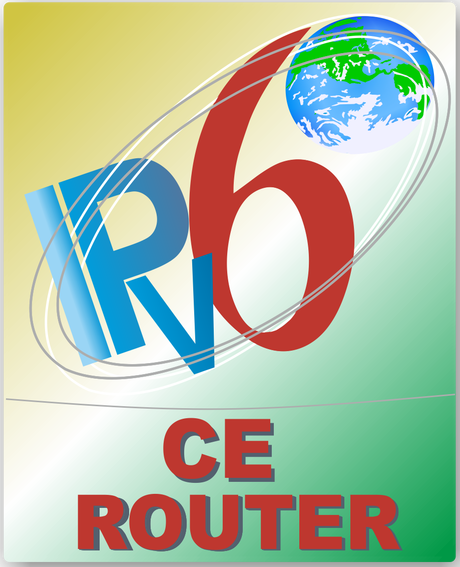How IPv6 Enables The Connected HomeHow IPv6 Enables The Connected Home
IPv6 is ushering in the next-generation of home networking by providing seamless IoT connectivity.
June 30, 2016

Every day a new gadget hits the market, promising to connect another aspect of home life to the Internet. These new devices range from garage door openers, thermostats and lightbulbs to home security systems. They include wearables such as smart watches, fitness trackers, and even connected onesies. Dogs and cats even have some new exciting products to try such as GPS trackers and wearable cameras.
Each of these devices must excel in connectivity to the cloud services that control them and to other connected devices. For example, a Bluetooth-enabled speaker must be able to interface with an Ethernet-connected thermostat, which in turn must communicate with a 3G-enabled pet tracker.
All of these devices, in turn, are typically controlled by the user’s smartphone, which is connected over WiFi most of the time. When every device is connecting over a different technology, they all must support a unified protocol to seamlessly integrate with the home network and IoT environment. Internet Protocol (IP) is that necessary protocol.
Today, in a typical home network, a device connects via Ethernet or WiFi to the home gateway, which assigns the device a private IPv4 address. The gateway is then in charge of translating this private address to its public IPv4 address and back when the device connects to the wider Internet. This network address translation (NAT) has been a long-term issue when it comes to new applications and protocols running in home networks. Complex mechanisms must be added just to allow anything outside the home network to initiate a connection. To make things worse, last fall ARIN announced that it had allocated the last of its IPv4 address space.
Enter IPv6, a protocol that has been around for quite some time (20 years!). Despite its age, it wasn’t heavily adopted until the imminent depletion of IPv4 address space, which pushed companies like Google, Facebook, and Netflix to turn it on. Now that most internet services are available over the new protocol, ISPs began deploying IPv6 to their customers, making it possible for home users to access these IPv6 services – that is, if their home gateway supported the protocol.
Here’s where we come in. The University of New Hampshire InterOperability Lab (UNH-IOL) recently announced that the IPv6 Ready Forum awarded the first IPv6 Ready Logos to customer edge (CE) routers, forming the missing link between home gadgets and IPv6 services. The IPv6 Ready CE Router Logo verifies that a home gateway is conformant to IETF RFC 7084, which specifies how a gateway should implement the addressing protocol.

rsz_ipv6_ready_logo.png
The test program also includes an interoperability segment, which verifies that the gateway will interact with common networked devices both in the home network and in the ISP’s infrastructure.
Now, each of those garage doors and petcams can receive their own globally routable IPv6 address. With greater address space available, users don’t have to worry about running out of room, and IoT developers don’t have to worry about NATs breaking their apps. In addition, devices can begin to connect directly to each other, even when they are not on the same network.
The possibilities are endless. Imagine your home on IPv6: The garage door opens when you arrive -- your phone told it to. It already disarmed your security system and turned on your lights. Your oven is pre-heated; your dishwasher has run. All this, without you having to think about it, load the correct app, or set a timer. IPv6 enables the next generation of home networking by allowing every “thing” in the IoT world to communicate seamlessly.
Marion Dillon is the Technical and Operations Manager of the Home Networking Technologies, at the UNH-IOL. Marion began to work at the UNH-IOL in 2011, as an undergraduate student. She learned the basics of computer networking, IP technologies, and testing methodologies in the UNH-IOL’s IPv6 Consortium.
Timothy Winters is a Senior Executive, Software and IP Networking, at the UNH-IOL. He works with companies from all over the world to develop broad-based, flexible testing strategies to cost effectively meet network interoperability requirements for the Internet Protocol version 6 (IPv6), session initiation protocol (SIP), routing, and home networking.
About the Author
You May Also Like




